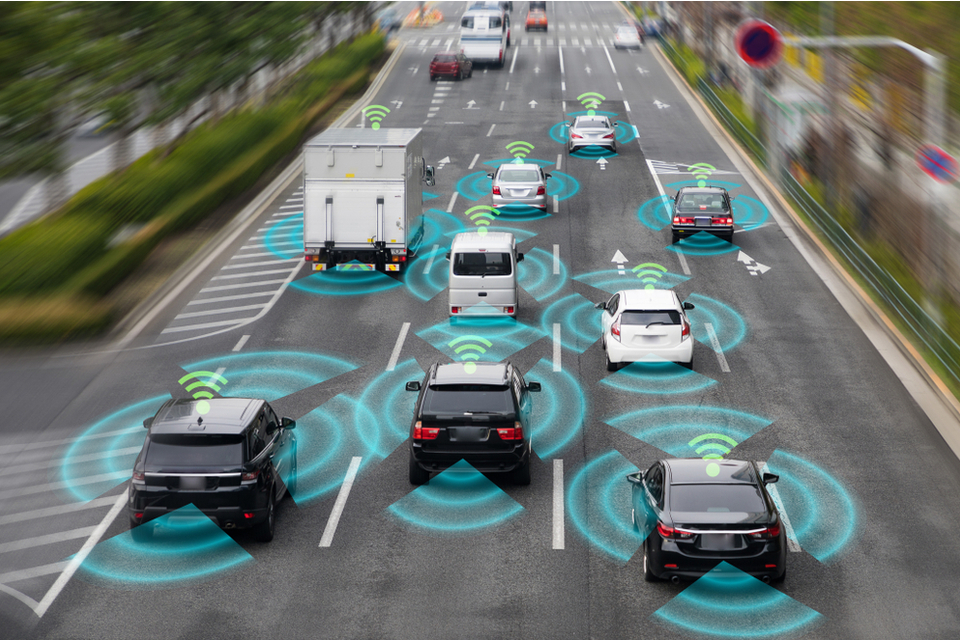Driverless vehicles will need to run safely for billions of miles to be deemed safe. Now researchers at the University of Michigan unveiled a new testing method that would bypass that hurdle.
Self-driving vehicles will be the most disruptive concept since the birth of the automobile industry. But, before they become a reality, they have to navigate some complex forks in the road.
In addition to the establishment of the necessary regulatory framework, algorithms must be refined and cars must be tested in real conditions, which means a great deal of time and money must be spent.
What it Takes for Autonomous Cars to be Deemed Safe to hit the Road?
One of the most difficult questions facing manufacturers of autonomous cars is their safety. To assess the safety of these cars, on-the-road testing seems to be the sole method just like with conventional vehicles.
However, given humanity’s natural hesitancy toward handing over the keys to a robot, fully autonomous cars have to hit unrealistic “milestones” to be considered safe for the road.
University of Michigan created a new new accelerated method to test-drive autonomous cars.Click To TweetAccording to a RAND Corporation report entitled “Driving to Safety: How Many Miles of Driving Would It Take to Demonstrate Autonomous Vehicle Reliability?”, driverless vehicles would have to be driven hundreds of millions, if not billions, of miles to clearly demonstrate their reliability and safety. Even under the most aggressive tests, it would take tens, or even hundreds of years to log this mileage and create enough useful data.
Although autonomous vehicles would eliminate the human factor from the safety equation–human error being responsible for 90% of all crashes–they need new testing approaches to speed entry into daily use.
Mcity: Michigan University’s Alternative Testing Method
If “millions of miles” of test driving sounds unrealistic, automated cars would actually need to be tested for 11 billion miles to attain a certainty level regarding their absolute safety. Testing a driverless car for just 2 million miles means a decade of round-the-clock testing.
Two mobility researchers at the University of Michigan suggest a new approach that would cut 99.9% of testing time and costs. According to the whitepaper “From the Lab to the Street: Solving the Challenge of Accelerating Automated Vehicle Testing” published by U of M researchers, the method would accelerate self-driving car tests by a factor of 300 to 300,000.

In other words, the U of M evaluation process, developed using data from over 25 million miles of real-world driving, would yield the equivalent of up to 100 million miles of real-world driving data from just 1,000 miles.
University of Michigan’s 32-acre MCity is the world’s first controlled facility dedicated to testing the potential of autonomous vehicles. Located at the University’s North Campus Research Complex, MCity contains building facades, 5-mile lanes with intersections, traffic circles, sidewalks, benches, and other obstacles to mimic a real-world urban environment.



















Comments (0)
Most Recent